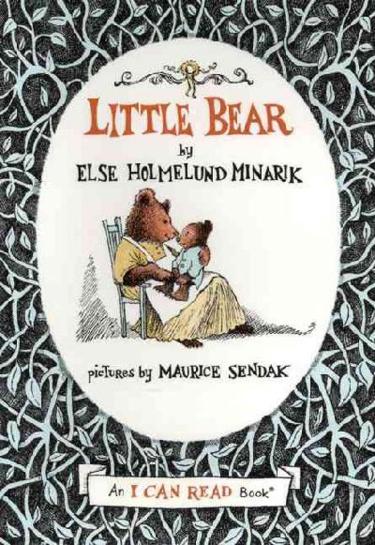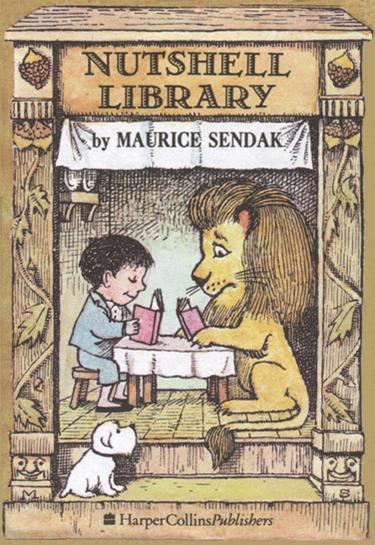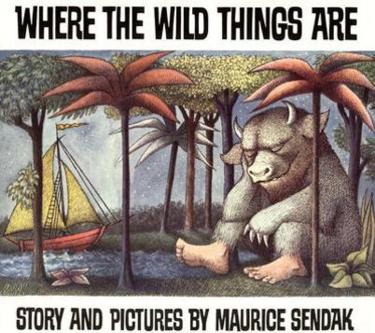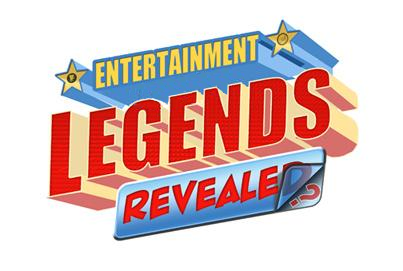Was Where the Wild Things Are Originally Where the Wild HORSES Are?
Here is the latest in a series of examinations into urban legends related to children’s literature and whether they are true or false.
CHILDREN’S LITERATURE URBAN LEGEND: Where the Wild Things Are was originally Where the Wild Horses Are.
Maurice Sendak had an interesting journey to international stardom as a children’s author.
As an adolescent, he marveled at the Walt Disney film, Fantasia, and he aspired to become an artist from that point on.
Later on, while he was having some success as an illustrator, he and his brother began producing beautiful wooden toys. They attempted to sell them to FAO Schwartz, but were told that, while beautiful, the toys were a bit too pricey. However, they liked Sendak’s design sense so much that they hired him to decorate their windows. It was while decorating windows at FAO Schwartz in the late 1940s that Sendak was discovered by a children’s book editor (Ursula Nordstrom, who would become a major part of Sendak’s professional life) who saw that his style lent itself beautifully to illustrating children’s book.
For the next decade plus, Sendak became one of the leading children’s book illustrators.
Perhaps his most famous work as an illustrator was on Else Holmelund Minarik’s Little Bear series of books…

However popular he was as an illustrator, Sendak wanted to do his OWN ideas, as well.
So beginning in the mid-1950s, he started to develop some ideas for books written and drawn by himself.
His first idea might surprise you!
His first idea was, amusingly enough, a tale called Where the Wild Horses Are, whose plot would be quite familiar to many of you out there (a little boy goes to his room angry and has a dream where he travels to the land of the wild horses and deals with his anger there). However, Sendak (and Nordstrom) felt that he was not particularly adept at drawing horses, so the project was abandoned, although Sendak began developing different characters for the book.
As time went on, Sendak eventually DID start writing his own books during the early 1960s, and had some success, particularly with his Nutshell Library books (which consisted of a variety of different styles of books – a book of rhymes, a counting book, etc.)…

Emboldened by his success (although irritated that his editor Nordstrom had actually approached another artist about continuing the Nutshell Library series of books once Sendak established that he wanted to move on to different projects), Sendak returned to his Where the Wild Horses Are idea, only he began to sketch out different ideas for who the characters in the book could be if they were not horses. He did this all in the Spring of 1963, and Nordstrom was worried, because she was hoping to have a book out by the Fall season (as children’s books, like films, liked to release their books at the end of the year, to be fresh in the memory of reviewers when the awards were voted upon and Top 10 lists were created).
First, Sendak considered making the characters monsters, in the tradition of myths (like griffins, etc.), but he slowly turned to the idea of creating his own monsters, based in part on his own relatives (aunts, uncles, etc.).
The book, Where the Wild Things Are, was released in the Fall of 1963 to great critical acclaim (but, of course, some controversy, as some wondered if the book was not too much for young children to handle).

And to think that it started because Maurice Sendak couldn’t draw horses!
The legend is…
STATUS: True
Thanks to William Zinsser’s Worlds of Childhood: The Art and Craft of Writing for Children (which includes a piece written by Sendak about the origins of Where the Wild Things Are) and thanks to Leonard Marcus’ Minders of Make-Believe: Idealists, Entrepreneurs, and the Shaping of American Children’s Literature
for further details about the background of the book.
Thanks to William Zinsser’s Worlds of Childhood: The Art and Craft of Writing for Children (which includes a piece written by Sendak about the origins of Where the Wild Things Are) and thanks to Leonard Marcus’ Minders of Make-Believe: Idealists, Entrepreneurs, and the Shaping of American Children’s Literature
for further details about the background of the book.
Feel free (heck, I implore you!) to write in with your suggestions for future installments! My e-mail address is bcronin@legendsrevealed.com.





